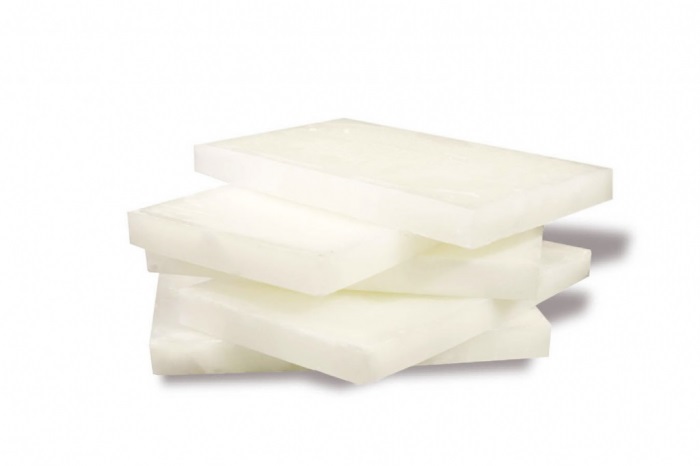Definition of Paraffin
Paraffin, also known as liquid paraffin, paraffin oil or kerosene, is a combustible hydrocarbon liquid that is burned as a fuel. It is a mixture of different types of simple hydrocarbons, it is less volatile than gasoline and it boils at 302-527 degrees Fahrenheit. Paraffin can be extracted from coal, wood and oil shale, but it is primarily obtained from the distillation of petroleum, which was first distilled in 1807 by geologist Abraham Gesner. The cost of producing kerosene was high, however, when new sources of paraffin and cheaper methods of refining were later discovered, it lead to lower prices of the fuel. kerosene, when found in solid form, is called kerosene , while the liquid form is referred to as paraffin oil. kerosene is a mineral oil that comes in two forms, either heavy liquid paraffin oil or light liquid paraffin oil. kerosene is clean burning and maintains a high heat output.

Applications of Paraffin
Paraffin is a alkane hydrocarbon that has a variety of practical uses in industries such as medicine, agriculture and cosmetics. kerosene is widely used as fuel for jet engines and rockets and as fuel or a fuel component for diesel and tractor engines. In centuries past, before electricity was invented, kerosene was used in lamps and lanterns as the main source of lighting. Today, kerosene is the most widely used heating oil in home central heating systems in the UK and it is still used in less developed countries as the main fuel for cooking. kerosene is also used as a fuel in portable stoves during outdoor activities and mountaineering. kerosene can be used as a lubricant for machinery. Lubricants can help to extend the life of expensive machinery and equipment by reducing friction, binding and wear. kerosene can also be used as a coolant for electrical systems, as hydraulic fluid and as a solvent for greases and insecticides. kerosene also has medicinal properties. It is commonly used to treat dry skin, constipation, and eczema. kerosene wax is also used as a water-harvesting soil treatment to supply runoff water to dry areas, as an adhesive and as a water-proofing agent.
Manufacturing
The feedstock for paraffin is slack wax, which is a mixture of oil and wax, a byproduct from the refining of lubricating oil.
The first step in making paraffin wax is to remove the oil (de-oiling or de-waxing) from the slack wax. The oil is separated by crystallization. Most commonly, the slack wax is heated, mixed with one or more solvents such as a ketone and then cooled. As it cools, wax crystallizes out of the solution, leaving only oil. This mixture is filtered into two streams: solid (wax plus some solvent) and liquid (oil and solvent). After the solvent is recovered by distillation, the resulting products are called “product wax” (or “press wax”) and “foots oil”. The lower the percentage of oil in the wax, the more refined it is considered (semi-refined versus fully refined). The product wax may be further processed to remove colors and odors. The wax may finally be blended together to give certain desired properties such as melt point and penetration. Paraffin wax is sold in either liquid or solid form.
-
Fully Refined Paraffin Wax
-
Semi-Refined Paraffin Wax
-
Liquid Paraffin
-
Normal Paraffin








